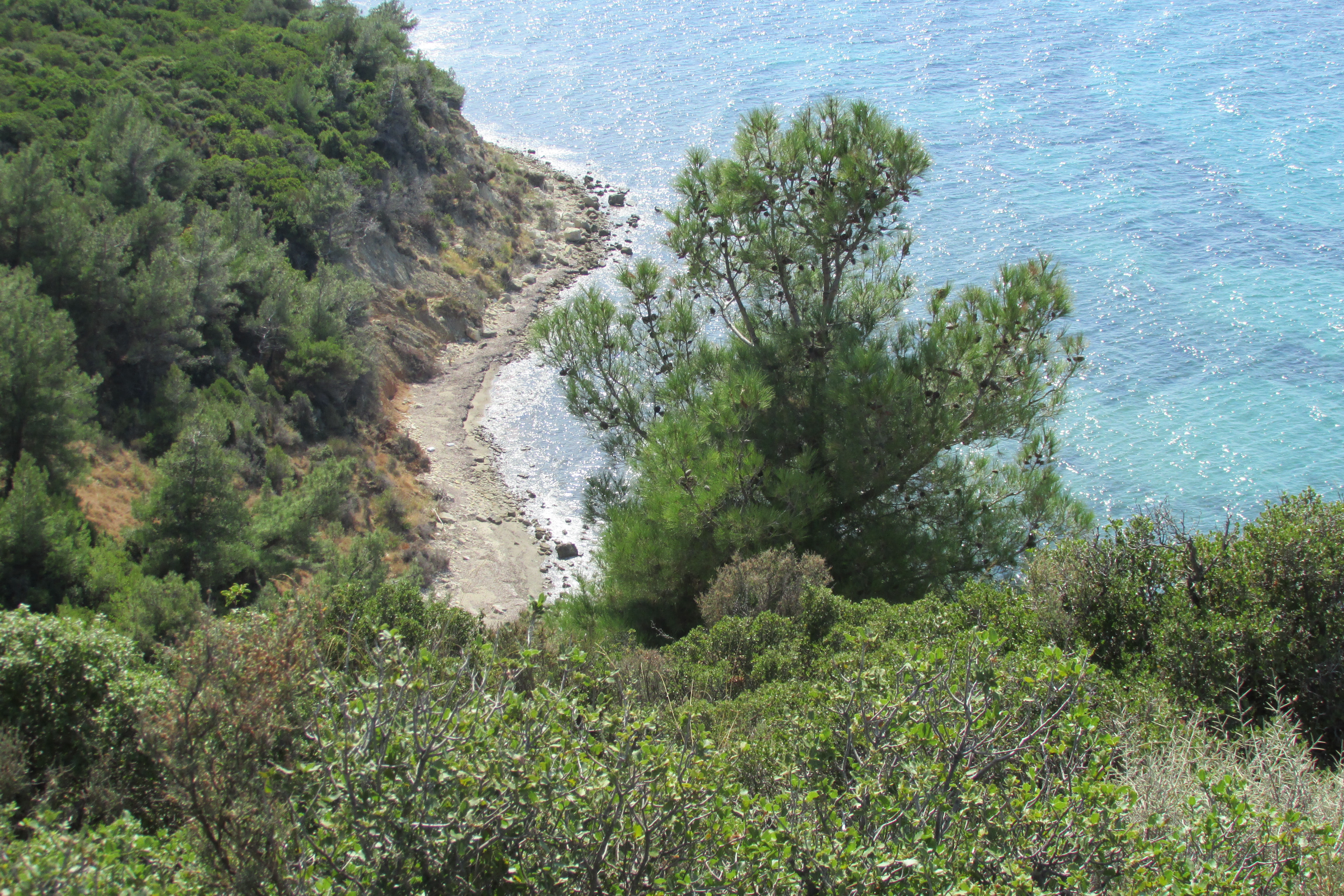Gurkha Bluff
Gurkha Bluff

The story of Gurkha Bluff is one of immense courage and sacrifice on the part of both the Ottoman defenders and the allied invaders.
The photo above cannot do justice to this location. Walk through its dense scrub however and one continually comes across dugouts, trenches and fox holes.
Prior to mid-May 1915, the allies in Gully Ravine were held up by powerfully-defended Ottoman redoubts on both spurs. On the eastern side, The Boomerang Redoubt was not take until 28 June, the first day of the Battle of Gully Ravine.
On Gully Spur, the seaward side, an Ottoman machine gun emplacement dug in at what we now call Gurkha Bluff interlocked its fire with that of the Boomerang, effectively stopping all advances in and above the gully.
The description below of the successful assault on the bluff by the 6th Gurkhas is from a despatch from General Sir Ian Hamilton himself.
“During the night of the 10th/11th May the 6th Gurkhas started off to seize this bluff. Their scouts descended to the sea, worked their way for some distance through the broken ground along the shore and crawled hands and knees up the precipitous face of the cliff. On reaching the top they were heavily fired on. As a surprise the enterprise had failed, but as a reconnaissance it proved very useful. On the following day Major-General H. V. Cox, commanding 29th Indian Infantry Brigade, submitted proposals for a concerted attack on this bluff (now called Gurkha Bluff).
At 6.30 p.m. on the 12th May the Manchester Brigade and the 29th Divisional artillery opened fire on the Turkish trenches and, under cover of this fire, a double company of the 1/6th Gurkhas once more crept along the shore and assembled below the bluff. Then, the attention of the Turks being taken up with the bombardment, they swiftly scaled the cliffs and carried the work with a rush. The machine-gun section of the Gurkhas was hurried forward, and at 4.30 a.m. a second double company was pushed up to join the first. An hour later these two double companies extended and began to entrench to join up their new advanced left diagonally with the right of the trenches previously held by their battalion. At 6 a.m. a third double company advanced across the open from their former front line of trenches under a heavy rifle and machine-gun fire, and established themselves on this diagonal line between the main ravine on their right and the newly captured redoubt. The 4th double company moved up as a support, and held the former firing line. Our left flank, which had been firmly held up against all attempts on the 6th-8th, was now, by stratagem, advanced nearly 500 yards. Purchased as it was with comparatively slight losses (21 killed, 92 wounded) this success was due to careful preparation and organisation by Major-General H. V. Cox, commanding 29th Indian Infantry Brigade, Lieutenant-Colonel Hon. C. G. Bruce, commanding 1/6th Gurkhas, Major (temporary Lieutenant-Colonel) F. A. Wynter, R.G.A., commanding the Artillery Group supporting the attack. The co-operation of the two cruisers was excellent, and affords another instance of the admirable support by the Navy to our troops.”
The following General Routine Order (16) was published on May 17th, 1915:
“In order to mark the good work done by the 1/6th Gurkha Rifles in capturing the Bluff on the coast west of Krithia. The General Officer commanding has ordered that this Bluff will in future be known as”Gurkha Bluff”.
From Gurkha Bluff, photo below, one can look down on Y Beach.
